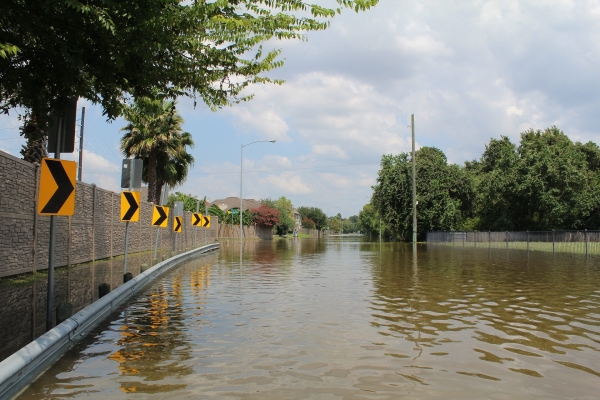The need to limit flood risk in Canada is urgent, with approximately 1.5 million homes, representing 10 per cent of the Canadian residential housing market, in high-risk zones where they are ineligible for flood insurance. A new CSA Group report, authored by the University of Waterloo Intact Centre on Climate Adaptation, provides practical guidance for federal, provincial, local, and Indigenous governments to tackle river flooding.
Nature can offer cost-effective solutions to limit flood risk, for example, communities can be protected downstream by restoring wetlands and using floodplains to soak up, store and slow down water upstream. Historically, flood management techniques largely relied on built infrastructure solutions, such as flood walls, dikes, and river channel modifications, to control natural processes. However, as large-scale flooding in British Columbia demonstrated in 2021, these structures can negatively impact river systems and fail, leaving towns and homeowners underwater. In contrast, nature-based flood solutions provide benefits for people and nature and are often self-maintaining.
"We are seeing increased awareness of the need to work with, rather than against nature, in tackling flooding in Canada," said Joanna Eyquem, lead author of the new report and managing director, Climate Resilient Infrastructure, Intact Centre on Climate Adaptation. "However, to deliver these flood solutions, we need to work at the scale of natural systems, which in the case of rivers is the watershed."
Read more at: University of Waterloo
Photo Credit: andrewtheshrew via Pixabay


